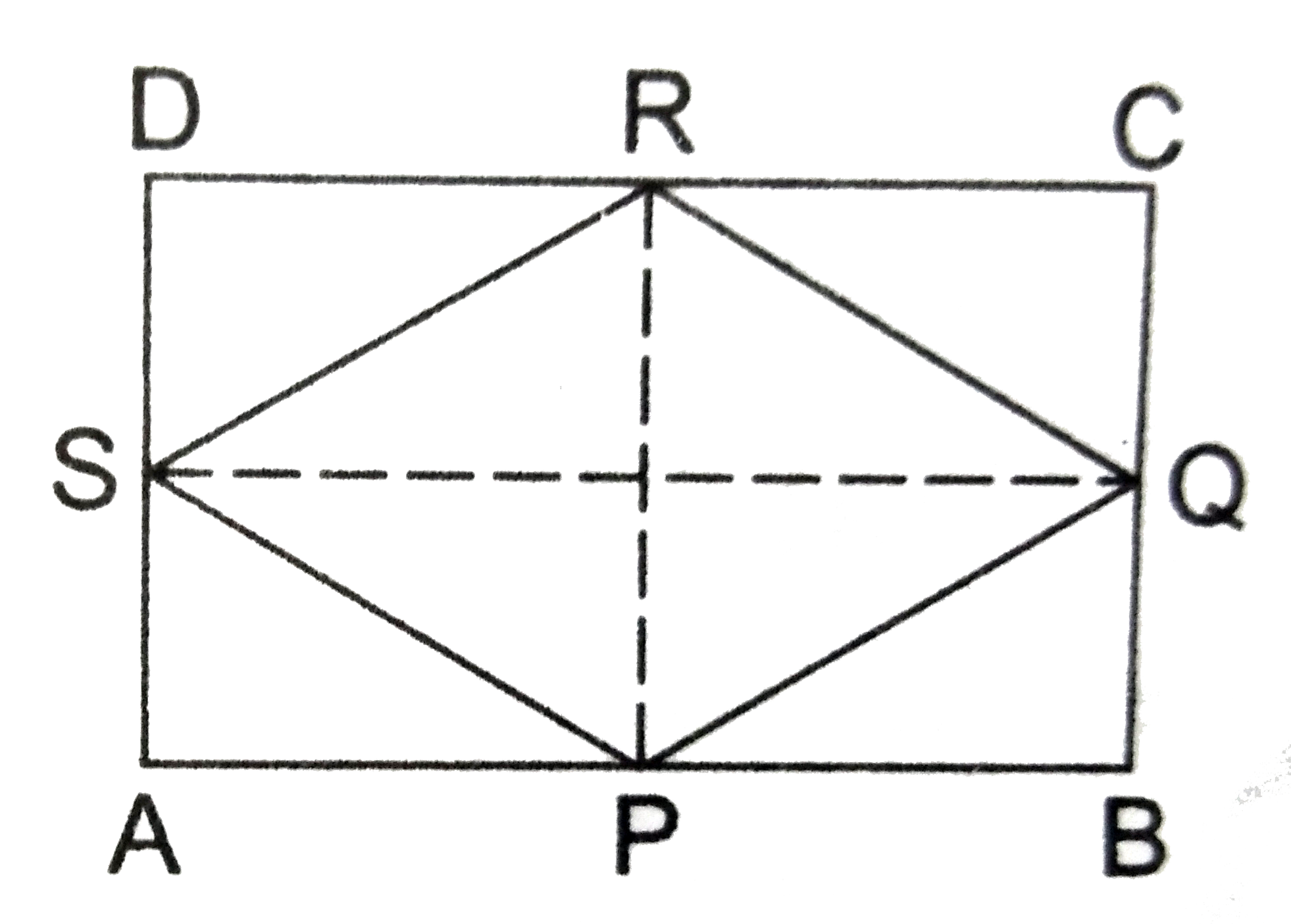The figure formed by joining the mid-point of the adjacent sides of a parallelogram is a rectangle (b) parallelogram (c) rhombus (d) square
Let ABCD is a parallelogram, with points E,F,G and H are the mid-points of AB, BC, CD and DA.
By mid-point theorem,
EF=12AB
Similarly,
BF=12BC
∴△BEF~△BAC (BY SAS)
Now, EF is half of the length of diagonal AC since that's proportion of the similar triangles.
So, △DHG~△DAC
∴ EF=HG
Now we can say that EH and FG are both half the length of diagonal BD.
It means that the both pairs of opposite sides of parallelogram are equal.
The figure formed by joining the mid-points of the adjacent sides of a parallelogram is a parallelogram.
Hence, option (b) is correct.
Topper's Solved these Questions
Similar Questions
The figure formed by joining the mid-points of the adjacent sides of a quadrilateral is a parallelogram (b) rectangle (c) square (d) rhombus
View SolutionThe figure formed by joining the mid-points of the adjacent sides of a quadrilateral is a parallelogram (b) rectangle square (d) rhombus
View Solution
Knowledge Check
The figure formed by joining the mid-points of adjacent sides of a rhombus is
Aa squareBrectangleCtrapeziumDnone of theseThe figure formed by joining the midpoints of the adjacent sides of a rectangle of sides 8 cm and 6 cm is a
 Arectangle of area 24cm2Bsquare of area 24cm2Ctrapezium of area 24cm2Drhombus of area 24cm2
Arectangle of area 24cm2Bsquare of area 24cm2Ctrapezium of area 24cm2Drhombus of area 24cm2The figure formed by joining the mid-points of the sides of a quadrilateral taken in order is
AparallelogramBrectangeCsquareDnone
If the adjacent sides of a parallelogram are equal then parallelogram is a
View SolutionThe figure formed by joining the mid-points of the adjacent sides of a rhombus is a square (b) rectangle (c) trapezium (d) none of these
View SolutionWe get a rhombus by joining the mid-points of the sides of (a) parallelogram (b) rhombus (c) rectangle (d) triangle
View SolutionThe figure obtained by joining the mid-points of the adjacent sides of a rectangle of sides 8 cm and 6 cm, is
View SolutionThe figure obtained by joining the mid-points of the sides of a rhombus, taken in order, is
View Solution